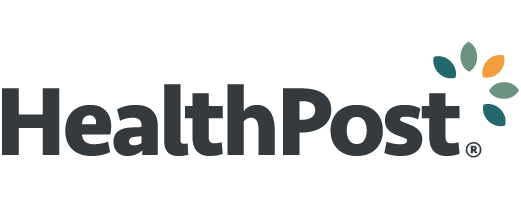Paleo
A paleo lifestyle takes guidance from our Paleolithic ancestors and follows their nutritional lead by eating as hunter gatherers did. Generally speaking they were thought to move more, sleep better and stress less. Sounds like bliss!
The paleo way of eating involves whole unprocessed foods, meat, veggies, fruit, berries, fats, nuts and seeds. It avoids grains, legumes, refined sugar and often dairy and is said to have a positive impact on health because there are those that believe that our modern diets are mismatched to our genetic makeup.
Paleolithic cavemen were big meat eaters. When following a paleo way of eating, meat should be grass fed and organic wherever possible and fish, wild not farmed. Meat and fish are both high in protein and fish contains omega 3 essential fatty acids. Nuts and seeds also contain ‘good’ fats in addition to protein and help to keep you feeling full for longer. Oils that can be used include in a paleo diet are nutrient rich oils such as avocado, coconut oil, ghee, butter, oily fish, olive oil.
Large quantities of vegetables and moderate fruit intake are the cornerstone of the paleo lifestyle. It doesn’t need to be said how an increase of phytonutrients would alone positively benefit your health. There are those however who believe that the absence of grains, legumes and dairy products may mean missing out on necessary fibre and nutrients.
Paleo
Paleo
A paleo lifestyle takes guidance from our Paleolithic ancestors and follows their nutritional lead by eating as hunter gatherers did. Generally speaking they were thought to move more, sleep better and stress less. Sounds like bliss!
The paleo way of eating involves whole unprocessed foods, meat, veggies, fruit, berries, fats, nuts and seeds. It avoids grains, legumes, refined sugar and often dairy and is said to have a positive impact on health because there are those that believe that our modern diets are mismatched to our genetic makeup.
Paleolithic cavemen were big meat eaters. When following a paleo way of eating, meat should be grass fed and organic wherever possible and fish, wild not farmed. Meat and fish are both high in protein and fish contains omega 3 essential fatty acids. Nuts and seeds also contain ‘good’ fats in addition to protein and help to keep you feeling full for longer. Oils that can be used include in a paleo diet are nutrient rich oils such as avocado, coconut oil, ghee, butter, oily fish, olive oil.
Large quantities of vegetables and moderate fruit intake are the cornerstone of the paleo lifestyle. It doesn’t need to be said how an increase of phytonutrients would alone positively benefit your health. There are those however who believe that the absence of grains, legumes and dairy products may mean missing out on necessary fibre and nutrients.
